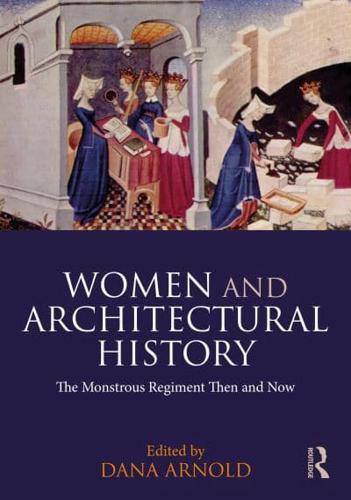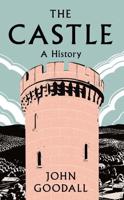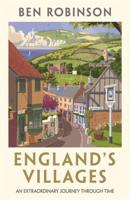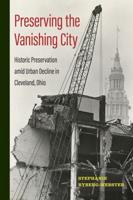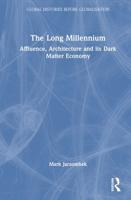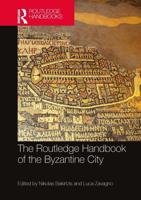Publisher's Synopsis
In this book, prominent architectural historians, who happen to be women, reflect on their practice and the intervention this has made in the discipline. Of particular concern are the ways in which feminine subjectivities have been embodied in the discourses of architectural history. Each of the chapters examines the author's own position and the disruptive presence of women as both subject and object in the historiography of a specific field of enquiry. The aim is not to replace male lives with female lives, or to write women into the masculinist narratives of architectural history. Instead, this book aims to broaden the discourses of architectural history to explore how the potentially 'unnatural rule' of women subverts canonical norms through the empowerment of otherness rather than a process of perceived emasculation.
The essays examine the historiographic and socio/cultural implications of the role of women in the narratives and writing of architectural history with particular reference to Western traditions of scholarship on the period 1600-1950. Rather than subscribing to a single position, individual voices critically engage with past and present canonical histories disclosing assumptions, biases, and absences in the architectural historiography of the West. This book is a crucial reflection upon historiographical practice, exploring potential openings that may contribute further transformation of the theory and methods of architectural history.
Chapter 9 of this book is freely available as a downloadable Open Access PDF at http://www.taylorfrancis.com under a Creative Commons Attribution-NonCommercial-NoDerivatives (CC-BY-NC-ND) 4.0 International license.
